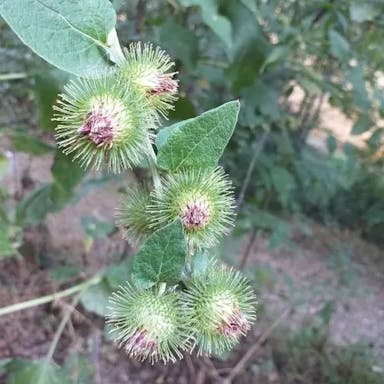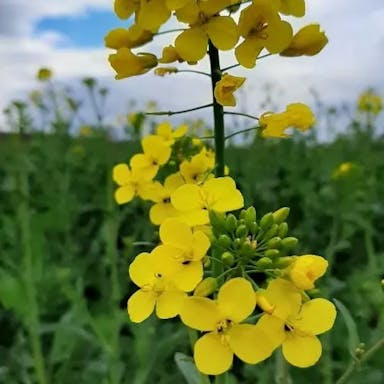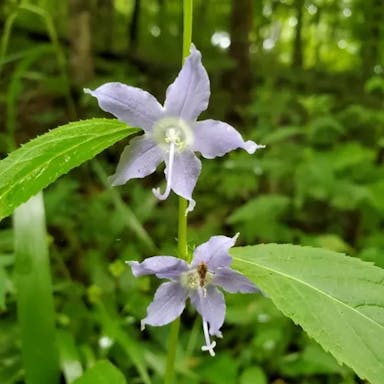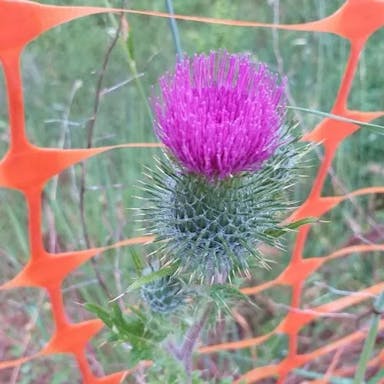Common burdock is native to Europe and Asia. It has also been introduced to North America. This biennial plant can grow up to 2 meters tall. It has large, heart-shaped leaves that are covered in fine hairs. The flowers are small and purple in color. They are arranged in clusters at the end of long stalks. The plant blooms from July to October. Arctium minus commonly grows in waste areas, along roadsides, and in fields. The plant produces fruits. These fruits have hooked bristles that can attach to clothing or animal fur. This allows the seeds to disperse. To grow this plant, full sun or partial shade is needed. Well-drained soil is also required. Seeds can be sown in spring or fall to propagate the plant. Traditionally, the plant has been used to treat various conditions. More research is still needed though.
0
0











